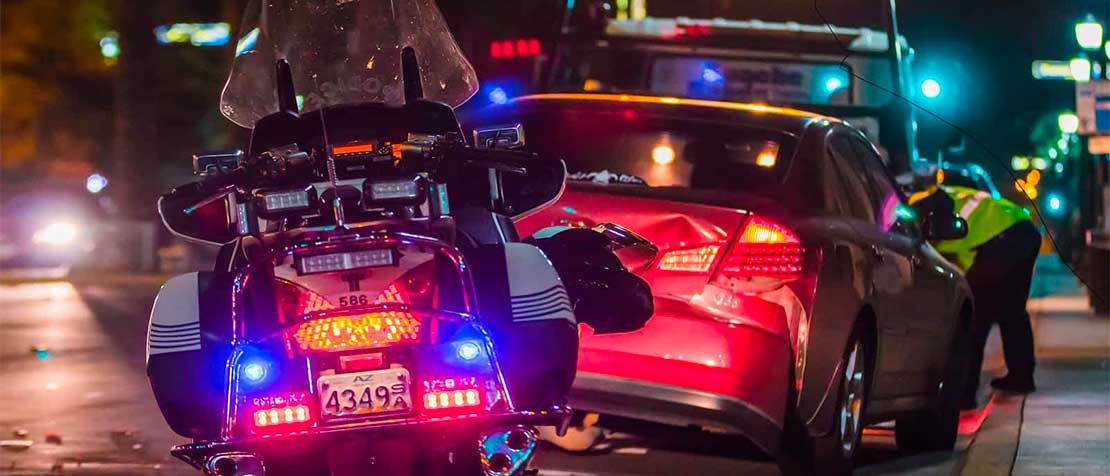
Why ITU-assigned numbering ranges are critical to road safety
The international numbering ranges assigned by ITU for machine-to-machine (M2M) communications are generally used for data connectivity – these numbers do not need to be reachable from national public telecoms networks, making them ‘invisible’ to users.
But there are exceptions to this general rule, and one very important exception is a call to an in-car emergency service such as eCall, the pan-European system for automatic vehicle emergency calls.
eCall is an M2M service operating under codes +882 and +883, numbering ranges assigned directly by ITU.
ITU has assigned numbers under +882 and +883 to global M2M providers for over 15 years, and we have identified an urgent need to bring greater clarity to the role played by +882 and +883 in systems such as eCall.
For emergency services to be able to call back the phone numbers used for a vehicle emergency call, users of national telecoms networks must be able to reach +882 and +883 numbers – the success of the eCall system depends on it. If national telecoms operators do not provision the +882 and +883 ranges in their networks, emergency services will not be able to call back to the vehicle in an emergency.
How eCall depends on +882 and +883 ranges
When a vehicle calls eCall 112, this call is routed to emergency services regardless of the vehicle’s mobile number, but a +882/+883 number is used as a calling party number (Calling Line Identity) for emergency services to call back if the initial call drops.
For these emergency services to call back when the call drops, national telecoms networks must be able to route the +882 and +883 numbers that are being used as calling party numbers – generally in 15-digit formats – when an M2M device makes an emergency call automatically.
The figure below illustrates the routing of the calls to and from a Public Safety Answering Point (PSAP).


Let’s position eCall and in-car emergency systems for success
For emergency services to be able to call back the numbers used by eCall and other similar systems, two conditions must be met:
- The Calling Line Identity for these calls must be passed between network operators in the correct, dialable format; and,
- +882 and +883 ranges must be routed end-to-end through multiple networks.
It is critical that +882 and +883 number ranges are provisioned by national telecoms operators to ensure that calls to these numbers are accepted and routed to international carriers.
ITU would like to urge the international telecoms community to work together to ensure that eCall and other similar systems have the right technical foundations to succeed.
Several national telecoms operators are already provisioning +882 and +883 number ranges, but for the success of in-car emergency calls, such as the pan-European eCall system, the cars and therefore the numbers need to be reachable from everywhere in the world. To ensure this, +882 and +883 number ranges must be provisioned and opened by national telecoms operators.
ITU is the world’s foremost authority on international numbering. This work is led by ITU-T Study Group 2 (Operational aspects). The rules for assignment of numbers under the ranges +882 and +883, developed by Study Group 2, can be found in the ITU standard ITU E.164.1.
The ITU-T Operational Bulletin provides examples of such ranges. See page 4 of ITU-T Operational Bulletin No. 1155-4.
More information on numbering options for eCall is provided by the ECC recommendation (17)04 “Numbering for eCall”.
